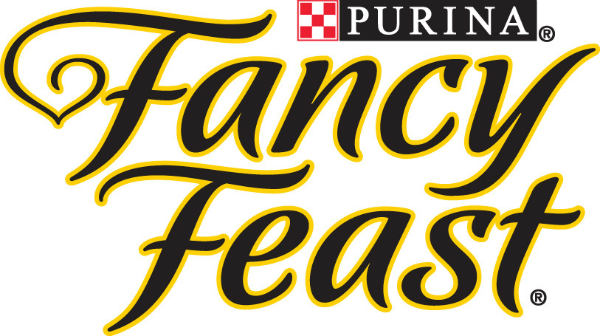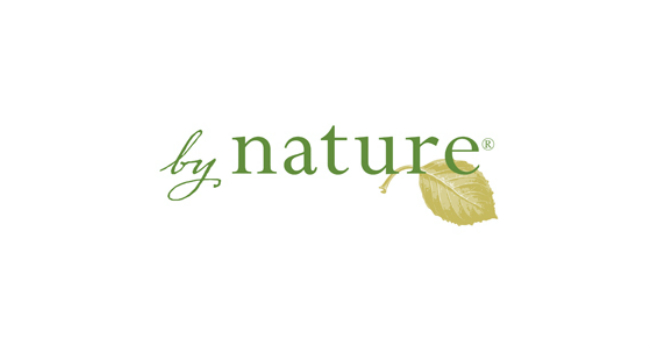Fancy Feast is one of the most popular cat food brands on the market today. As such, it is readily available in many grocery stores, pet food stores, and is also available online.
Fancy Feast is owned by Nestle Purina PetCare. They introduced the Fancy Feast brand name in 1982 and only had 7 flavors of wet cat food initially. The brand name was introduced as their “gourmet line” of cat foods.
Nestle Purina PetCare has been the subject of several pet food recalls over the past several years. Be sure to frequently check the FDA pet food recalls website. You might want to sign up for their email alerts as well.
Ingredients In Fancy Feast Kitten Tender Ocean Whitefish Feast Wet Cat Food
Ocean whitefish, liver, meat by-products, fish broth, chicken, milk, egg product, artificial and natural flavors, calcium phosphate, guar gum, added color, potassium chloride, salt, taurine, Vitamin E supplement, zinc sulfate, thiamine mononitrate, ferrous sulfate, niacin, copper sulfate, manganese sulfate, calcium pantothenate, Vitamin A supplement, menadione sodium bisulfite complex (source of Vitamin K activity), pyridoxine hydrochloride, riboflavin supplement, Vitamin B-12 supplement, biotin, folic acid, Vitamin D-3 supplement, potassium iodide.
Top 5 Ingredients Analysis
Whenever you are reviewing a commercial cat food blend, it is good practice to pay special attention to the first 5 ingredients listed. These ingredients make up the vast majority of the nutritional content in the food. Let’s take a look at the top 5 ingredients in this cat food.
Ocean whitefish
Ocean whitefish is a species of tilefish native to the eastern Pacific Ocean. This ingredient is likely included for its protein content as well as very healthy omega-3 and omega-6 fatty acids. While this ingredient probably isn’t something most cats would eat in a natural or wild environment, the ingredient does contain some very essential nutrient sources. Some cat owners worry about the mercury content in fish since all fish contains some level of mercury, but the health risk is considered to be pretty low.
Liver
In the wild, cats almost always eat the liver of their prey. It is a rich source of vitamin A which cats must obtain from their food since they can’t make it in their bodies. This is also a good secondary source of protein. If cats consume too much liver, it could cause toxicity, but the amount needed for liver to become toxic to cats is very high. Liver is provided in safe quantities in this cat food blend.
Meat by-products
This is about the lowest quality meat product that can be included in any cat food. We are very disappointed to see this ingredient listed. Meat By-Products are parts of slaughtered animals including the lungs, spleen, kidneys, brain, liver, blood, bone, partially defatted low-temperature fatty tissue, and stomach and intestines freed of their contents. In addition, meat by-products can also legally contain animals that were dead, dying, or diseased before slaughtering. Many times, animals with tumors are ground and processed, meaning, ground up cancerous tumors could legally be included in your pets food. While unlikely, it can even legally include road kill. Perhaps worst of all, this ingredient COULD include meat from euthanized cats, dogs, horses, or other animals. Meat by-product is an unnamed meat source and you never know for sure where it is coming from or what animals are being used. Also note that meat by-products are not approved for human consumption. It consists of unwanted parts only acceptable in the pet food or feed industries. This is one of the most controversial meat ingredients that could be included and there is much to be concerned about when purchasing any pet food that includes meat by-products.
Fish broth
Fish broth is a mostly non-nutritious ingredient used to add moisture to the food. It is considered a better alternative to plain water and does provide an enhanced taste for cats. We do wish this broth came from a named fish source as the broth could have been made using almost any type of fish and almost any part of the fish. However, this is still considered a safe ingredient and we aren’t too concerned about the unnamed source this broth comes from.
Chicken
Chicken is a very popular ingredient for pet food and in this case, they are referring to whole chicken. This is a very high quality meat source and we are pleased to see it listed. However, whole chicken loses about 80% of its content during the cooking process since the majority of whole chicken is water. After the cooking process is complete, the amount of whole chicken remaining is substantially reduced. Therefor, while whole chicken is a great source of meat protein, this ingredient alone is not enough to provide sufficient levels of meat protein in a cats diet.
Additional Ingredients Of Interest In Fancy Feast Kitten Tender Ocean Whitefish Feast Cat Food
Milk
Generally speaking, milk is not recommended for adult cats, as many of them are lactose intolerant and have problems digesting it. There is a belief out there that milk is good for cats, but that isn’t usually the case. If your cat is not lactose intolerant, this ingredient probably will not harm your cat and it will provide your cat with some vitamins, nutrients, and calcium. However, there are many lactose free alternatives that are normally used in place of milk and we are not sure why they decided to include this ingredient instead.
Egg product
Derived from shell free eggs, this is a cheaper source of protein used in place of higher quality meat proteins. Normally, this ingredient is derived from waste products associated with the egg industry or egg products that have been deemed unfit for human consumption.
Artificial and natural flavors
Both artificial and natural flavor ingredients are considered to be lower quality ingredients. Since we are looking at two different ingredients here, let’s check out what natural flavor is first. The actual definition of natural flavor is very long and confusion, but basically states that the flavor of an item can be extracted, then sprayed onto other products. Natural and artificial flavors are produced in the same factories these days. Both are considered safe, but artificial and natural flavors alike can be dangerous depending on what they are. It is actually best to avoid flavoring altogether, both natural and artificial.
Artificial flavor is usually derived from petroleum. Most have not been studied for safety or toxicity. They are all synthesized chemicals that don’t even have common names. Most artificial flavors actually contain many chemical ingredients, not just one. Many of those chemicals are volatile. In short, both natural and artificial flavors are chemical based ingredients and we don’t get all that excited when we see either one of those ingredients listed, let alone both together. Both of these ingredients have potential allergy risks and other possible health problems in cats.
Added color
There is absolutely no reason to included added color into any cat food, ever. It’s extremely disappointing to see this ultra-low quality ingredient included. Added color is used for marketing purposes only. They want their product to stand out sitting on the shelf at the store, so they add coloring to their product. Essentially, the coloring is added to entice YOU (the human) to purchase the food over other brands. Your cat could care less what color the food is. Unfortunately, added color is quite controversial as there is growing evidence suggesting cancer in cats from too much food color exposure. At worse, this is a harmful ingredient and at best, it is a marketing ploy with no nutritional value or positive benefit to your cat. We usually have a tough time recommending any cat food that includes such a controversial ingredient.
Allergy Risks Associated With Fancy Feast Kitten Tender Ocean Whitefish Feast Cat Food
Fortunately, this cat food is free from the main allergy causing ingredients. Every cat is unique in their own way and your cat may suffer from a rare food allergy, but in general, we believe the allergy risk associated with this food is quite low.
Conclusion
This does appear to be one of the better Fancy Fast cat food blends and we are happy to see a quality kitten food. Many of the ingredients are very high quality such as the ocean whitefish, liver, and chicken. However, we are also seeing some poor quality ingredients included such as meat by-products and artificial flavoring. We are especially unhappy about the inclusion of food coloring. There is absolutely no excuse to include this ingredient other than for marketing purposes. Since there is so much controversy surrounding food coloring in pet food, we find it quite irresponsible to include this ingredient for their marketing purposes. So while we do believe this is an above average quality cat food, it’s pretty unfortunate they had to include some of these potentially harmful ingredients.
Do you agree with our analysis? Maybe you think we’re being too hard on Fancy Feast? Let us know your thoughts and opinions in the comment section below. We’d love to hear from you!




